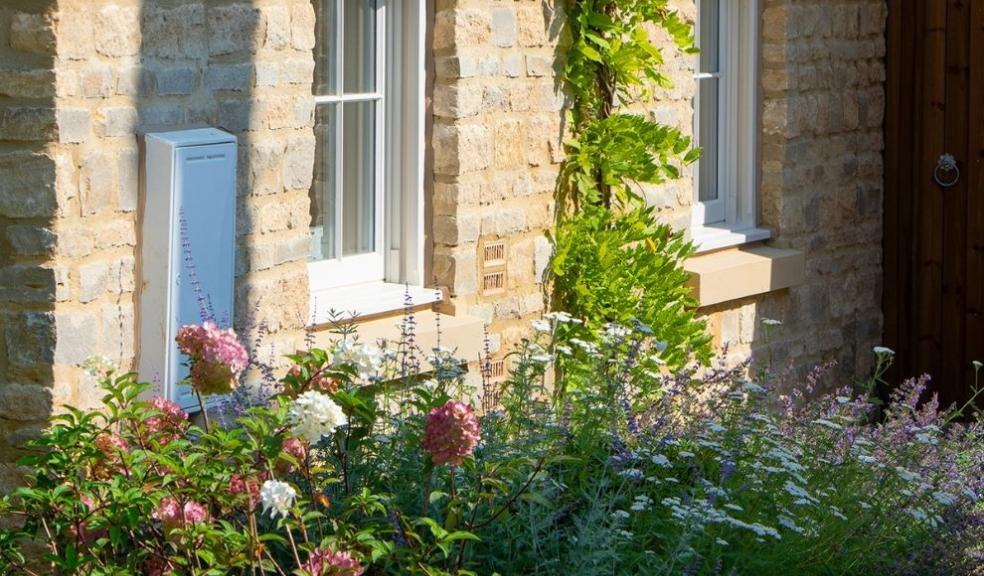
The National Model Design Code: what to expect next by Ananya Banerjee - Head of Design, Boyer
The National Model Design Code (NMDC) is worthy in its objective: to increase ‘beauty’ in the built environment. As the first pilot programme comes to a close and local authorities report back on their experiences of implementing a Design Code, questions turn to whether and how this objective can be realised.
The initiative forms part of a wider suite of documents that unfolded in 2020, starting with Living With Beauty: the report of the Building Better, Building Beautiful Commission. The report argues that ugliness of new developments has significant social impact; whereas beautiful surroundings and buildings make people happier. It proposed a framework with three key goals – to create beauty, refuse ugliness and promote stewardship. The National Design Guide and NMDC which followed provided a toolkit for the production of local design codes, to be shaped by local authorities through engagement with the local community. The continued emphasis on the word beauty in each of these documents is the first time finally resulted in it finding its way into the National Planning Policy Framework.
Building More, Building Beautiful: How design and style can unlock the housing crisis, a fore-runner to the work of the Commission, used extensive polling to demonstrate that support for traditional building design was the preferred option over contemporary architecture when it comes to design of new homes. Across all demographics, a large majority agreed that newly built properties should fit in with their surroundings. Support was highest, at 79 per cent, in the lower socioeconomic groups and this was used to substantiate the claim that NIMBYism can be overcome if better design reflects people’s desire leaning towards (traditional) building design.
This was indeed an eye-opening revelation for the architecture profession, some even saw it as being biased and promoted by the Traditional club. Nevertheless it was widely recognised that the solution to the housing crisis could come to an end and people’s perception towards new developments changing if high quality traditional design and craftsmanship is delivered across the country, instead of identikit poorly delivered housing estates.
Having established that and the consensus amongst all to promote distinctiveness, the importance of local and site specific design codes being written and applied cannot be underestimated. If implemented as stated in the NMDC, local design codes must reflect the local vernacular. We are a nation of nations and links to the past, our geography, landscape and locational context remain an important part of our cultural heritage.
The purpose of a National Model Design Code is now clear to us all – it introduced a template or toolkit whereby local authorities, parish councils and neighbourhood forums can put in place a Design Code through consultation with local residents.
As the pilot local authorities have found, a first hurdle was ensuring that residents had a full understanding of what a Design Code was. As an intangible document – one which does not relate to a specific development or location – the concept can be difficult to communicate, let alone consult on. Accordingly many local authorities have opted to begin the process by consulting upon how to consult – giving local residents the opportunity to determine whether they prefer to communicate through workshops, exhibitions, online or through other means. The local authorities also struggled to find a way of engaging people on the more esoteric, conceptual questions that concern place-making ensuring that it’s a positive and progressive dialogue.
Invariably many have found resourcing to be one of the most significant challenges. Not only do planning teams at local authorities lack the time, but they also lack design skills and knowledge and accordingly much of the work is being outsourced.
A second round of pilot projects have included not only local planning authorities but also designated neighbourhood planning groups such as neighbourhood forums and parish councils. This introduces a further dichotomy: the design aspirations of a rural parish council can conflict with the intentions of largely urban local authority, and yet when working with approved Design Codes, development teams are expected to take both views into account.
Ultimately the simplest solution that is emerging is to create a ‘one size fits all’ document: one which addresses universal concerns such as climate change and biodiversity but refrains from being too specific about variation in character or building design. But will this homogeneity led approach deliver good design? Prior to Design Codes, supplementary design guides for specific areas within a Borough or District would provide design guidance for planning applications. However with the rush for every planning authority to write a universally malleable Design Code for their entire administrative area, one may think that distinctiveness in our villages, towns, suburbs may get eroded and eventually lost.
‘Say no to ugliness’, was the message to local authorities in the Commission’s interim report Creating Space for Beauty. But this does not rest with local authority officers alone, rather on many thousands of people involved in developing the Design Codes. With good intentions, the results could be transformational. But good intentions must prevail – this process cannot be used to stop progression, innovation and used as a poison pill to stop new developments. Local Design Code must not become a NIMBY Charter.
The housebuilding industry now continues to adapt. Planning must be progressive. Good architecture must be accessible. Beauty lies in variation, diversity and surprise. The end of the identikit architecture era is here.
Ananya Banerjee, Head of Design, Boyer
Ananya leads the Design service at Boyer and looks after the masterplanning portfolio of strategic and major sites. Her experience spans over 17 years of designing and delivering high-profile sites for private developers across the UK. Trained as an architect and urban designer, with a specialism in architectural history, Ananya also has extensive experience of working with listed buildings and designing residential led schemes around them and in sensitive context.










